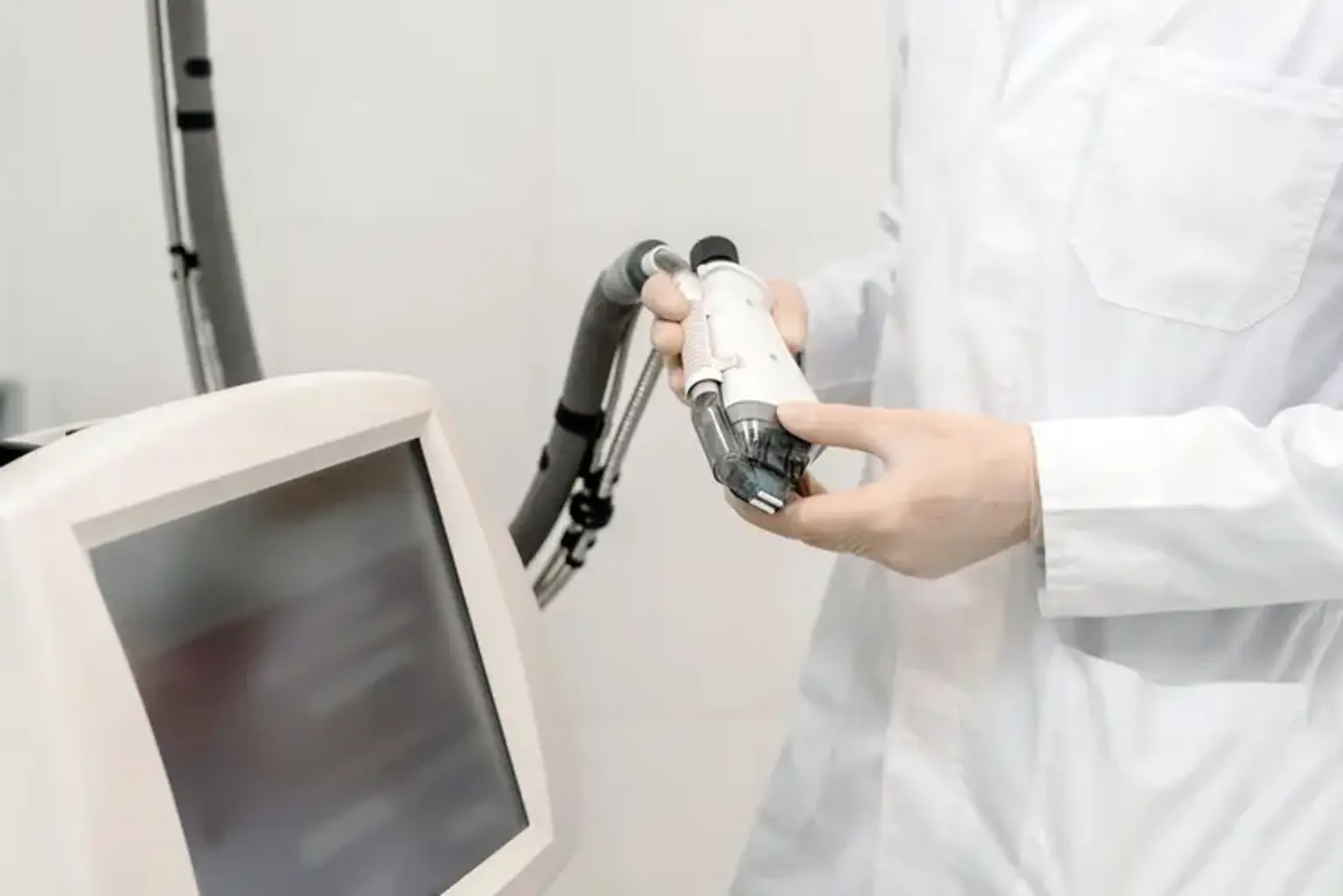Introduction
CO2 Fraxel laser skin resurfacing is a popular, advanced treatment designed to rejuvenate the skin by addressing a range of skin imperfections such as fine lines, wrinkles, acne scars, and sun damage. It uses fractional CO2 laser technology to treat the skin in a controlled, non-invasive manner, improving skin texture and tone with minimal downtime.
Unlike traditional lasers, Fraxel works by targeting only a fraction of the skin at a time, leaving surrounding tissues intact for faster healing. This method delivers impressive results, making it a preferred choice for people looking to refresh their complexion and improve skin texture without requiring significant recovery time.
Understanding Fractional Laser Technology
Fractional laser technology is the key to the CO2 Fraxel laser’s effectiveness. The laser beam is divided into tiny, microscopic columns that penetrate the skin, stimulating the body’s natural healing process. As the laser targets specific areas, it creates controlled micro-injuries in the skin, which encourages collagen production.
Collagen, a protein that keeps skin firm and smooth, is crucial for maintaining youthful, healthy skin. By promoting collagen production, the Fraxel CO2 laser works to tighten the skin, reduce wrinkles, and even out skin tone. The procedure also encourages the regeneration of healthy, new skin, making it a powerful tool for overall skin rejuvenation.
The CO2 Laser vs. Traditional CO2 Laser
When it comes to laser skin treatments, CO2 lasers are among the most powerful, but there are different types. The CO2 Fraxel laser is fractional, meaning it targets only a fraction of the skin at once, unlike traditional CO2 lasers, which treat the entire skin surface.
